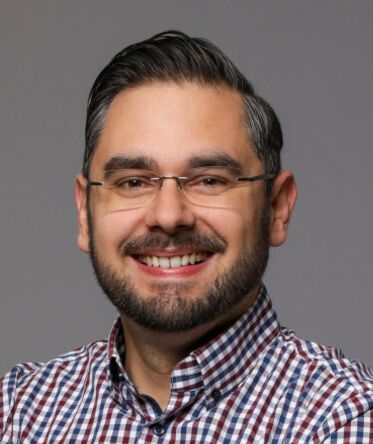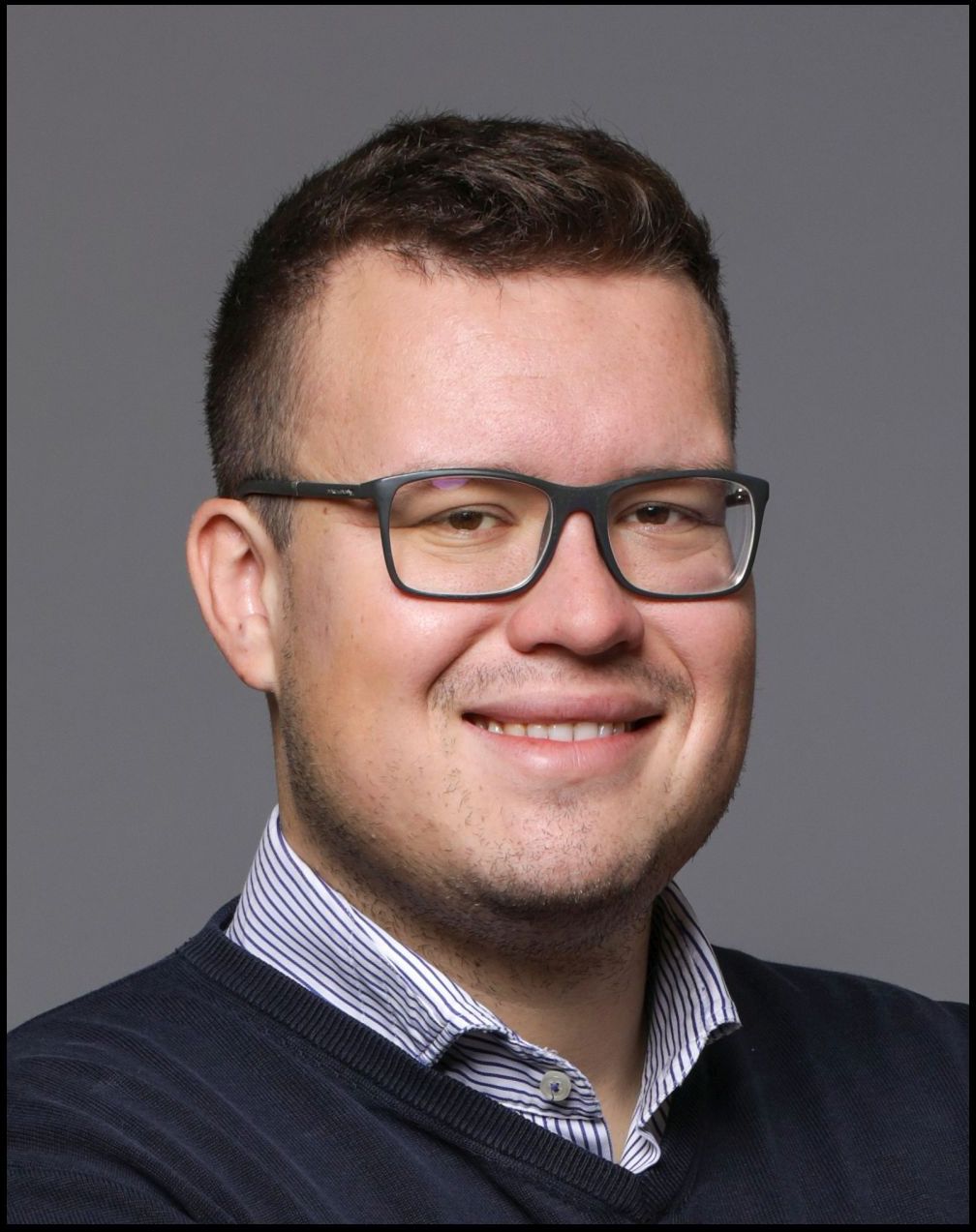Zajednički odjel za elektroničke elemente / poluvodičke integrirane sklopove (ED15/SSC37) Hrvatske sekcije IEEE poziva Vas na predavanje:
Near-infrared detectors for photon starved environment,
koje će održati Dr. Tihomir Knežević, poslijedoktorand na Sveučilištu Twente, Nizozemska. Predavanje će se održati u četvrtak 5. prosinca 2019. s početkom u 11:00 sati u Knjižnici ZEMRIS-a na Fakultetu elektrotehnike i računarstva Sveučilišta u Zagrebu, Unska 3, Zagreb.
Predavanje je na engleskom jeziku, a predviđeno trajanje s raspravom je 60 minuta. Predavanje je otvoreno za sve zainteresirane, a posebno pozivamo studente.
Više o predavaču i predavanju možete pročitati u opširnijem sadržaju obavijesti.
ABSTRACT
Detection of light in near-infrared (NIR) range is of particular importance in areas such as medical imaging, automotive industry, space exploration or 3D imaging by light detection and ranging (LiDAR). Collecting valuable information in light deprived environment with solid-state detectors is ordinarily done using single photon avalanche diodes (SPADs). With the current state of technology, the major obstacle is the production of high-quality NIR photodetectors that will allow more sensitivity, lower noise, higher speeds and high pixel counts together with CMOS compatibility. A new technology for making photodiode detectors, called PureB Si technology, has seen a fast development and successful industrial implementation for a handful of applications. This has been due a high compatibility with CMOS, high sensitivity and robustness in the whole soft X-ray and VUV-UV wavelength range. This technology, applied to Ge in the form of PureGaB Ge-on-Si diodes, has been demonstrated to have great potential for advancing state-of-the-art CMOS-compatible NIR SPADs.
In this talk, a short overview on development of single-photon avalanche diodes (SPADs) will be given with emphasis on Ge-on-Si and InGaAs/InP technologies. Electrical and optical performance of photodetectors fabricated with PureB technology will be presented. Results of several simulation studies will be shown indicating critical spots in SPAD design with pointers how to increase performance of the devices.
BIO
Tihomir Knežević received Dipl. Ing. and PhD degrees in electrical engineering from the University of Zagreb in 2009 and 2017, respectively. He is currently a postdoctoral researcher at the University of Zagreb, Croatia and a guest postdoctoral researcher at the University of Twente, The Netherlands. He was a visiting researcher at the University of Stuttgart, Germany (Sep 2017, Dec 2018) and University of Warwick, England (Nov 2019). During his research career, Tihomir Knežević participated on more than 10 research projects funded by national and international research agencies and international industrial partners. His research activities are focused on characterization, modeling and simulation of advanced semiconductor structures such as ultraviolet and low-energy photodiodes, drift-detector structures and (single-photon) avalanche photodetectors. He performed electrical, optical and physical characterization of pure amorphous boron (PureB) layers and devices which led to the construction of a functional model for PureB devices. He received several best paper awards at conferences. For research on PureB photodiodes for electron detection he received IEDM Roger Haken Best Student Paper Award in 2010. He was awarded Seal of Excellence by European Commission for project proposal submitted to Marie Skłodowska-Curie Actions in 2019.


